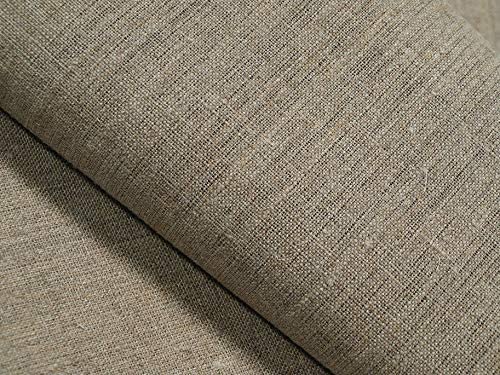Botany Wool Fabric: History, Properties, Uses, Care, Where to Buy
Wool, with its huge range of fabrics, never fails to surprise humans. Wools of all types have a unique structure, and different patterns, unlike cellulosic fibres like linen, cotton and silk. One of such amazing wool fabrics is the Botany Wool Fabric.
Unlike industrially manufactured synthetic fabrics produced from fossil energy, the Botany wool fabric is a natural fibre harvested from Merino sheep. That is why this fabric is also widely known as Merino Wool. The Merino sheep produces new fleece; its hair grows year-round through consumption of natural ingredients like water, sunshine, grass and fresh air.
Table of Contents
History of Botany Wool Fabric
The brief history of Botany wool relates to either Australia or New Zealand; the world is still puzzled on this. But the first use of Botany Wool can be seen in the 19th century when this wool was used in making cloth for the first time.
The Botany wool first arose when the wool industry established in Australia in the 1880s. However, earliest evidence is in the 1870s from New Zealand when the cloth was termed as “Botany” in any advertisement which assumes that New Zealand was the country Botany Wool first emerged from.
Moreover, the name “Botany” also came from New South Wales, Botany Bay. Additionally, this fabric was used for hosiery and knitting sweaters in the 20th century.
Properties of Botany Wool
Delightfully Soft:
Botany Wool is very soft. This fabric is 14.5-23.5 microns thick while a human hair is 30 microns. Its softness makes it one of the best wools to wear. Botany wool of better Merino fibres bends more than the fibres of coarser wool. It is 3x softer than the natural silk and requires no conditioner for softening.
Elasticity:
The botany wool has a unique molecular structure which allows the body to move freely. It can be stretched up to 30% of its length, and when wet, it can stretch up to 50% of its natural size and can easily regain its initial shape. Surprisingly, this fabric’s elasticity is 5x more than cotton.
Absorbent:
This fabric has great moisture-wicking and water repellent qualities. Due to the structure of its fibre scale, it can soak around 30% of its total weight and still feel dry.
Climate Control:
Botany wool has a very low conductivity of heat and feels like it has a climate control system. The tiny air pockets on the surface of this fabric will keep you warm in cold weather.
Hypoallergenic:
This fabric is beneficial for asthma and allergy. Studies show that wearing Botany wool articles near skin works as a natural cure for eczema. It reduces various symptoms like skin redness, rash and itch and is more beneficial for children and adults suffering from dermatological issues.
Uses of Botany Wool Fabric
Suiting Fabric:
Botany wool is a perfect fabric for suiting all-year-round. Its elastic nature makes it the best choice for all body shape. The designers also love this fabric because of its handle, natural drape and varieties of styles, weaves and weights that it offers. It is easier for tailors to sew suits of this fabric because these are easy to iron and cut.
Comfy Blankets:
Due to its softness and warm nature, this fabric is also used in making various comfortable blankets.
Caring of Botany Wool Fabric
Wool is comparatively easy to take care of as compared to other fabrics. As a user of Botany Wool, you should always wash it at a lower temperature with the machine set on gentle cycle. You should avoid tumble or line drying this fabric.
You should not dry clean or wring this fabric to remove extra water. Using bleach and fabric softener can harm this fabric. And finally, while ironing it, make sure iron is cool to avoid prints. Enjoy wearing this incredible fabric!
Where to buy Botany Wool Fabric
We recommend buying Botany Wool fabric at Fabric.com.







